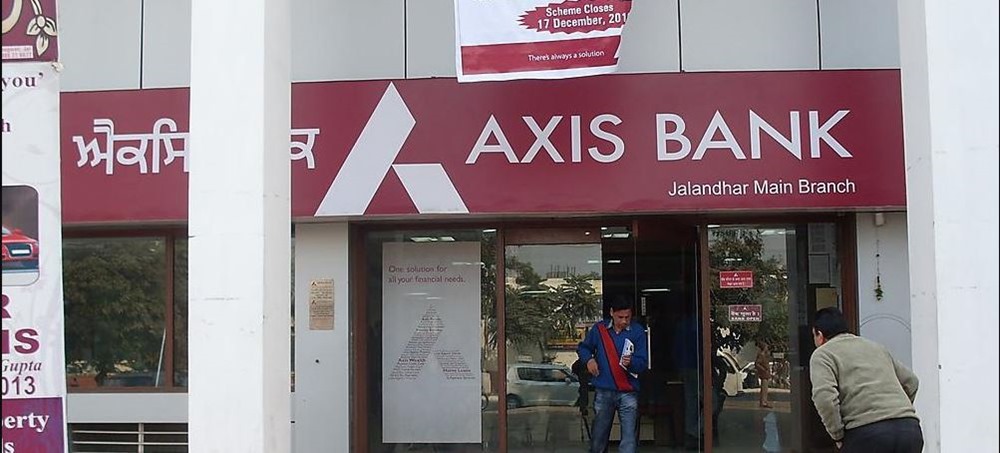In June, Walmart Inc.-owned PhonePe and Alphabet Inc.’s Google Pay experienced a slight decline in their shares of total transactions processed through India’s Unified Payments Interface (UPI). According to data from the National Payments Corporation of India (NPCI), PhonePe’s market share dropped to 48.37% from 48.67% in May, while Google Pay’s share shrunk to 36.76% from 37.18%.

Rise of New Players in the UPI Space
The UPI ecosystem has seen the entry of new players challenging the dominance of PhonePe and Google Pay, which collectively control over 80% of the market. This influx of competitors is reshaping the landscape of digital payments in India.
- Axis Bank Ltd.’s Apps: UPI transactions on Axis Bank’s apps grew by 17% to reach 75 million in June.
- Navi App: The Navi app saw a 20% increase, processing 35.7 million transactions in the same month.
- Flipkart’s Super.Money: Indian e-commerce giant Flipkart, a sister company of PhonePe, launched its UPI payments service called super.money.
- JioFinancial Services: Mukesh Ambani’s Jio Financial Services entered the UPI space with its JioFinance app, aiming to capitalize on India’s growing fintech ecosystem.
UPI Transaction Volume
In June, the UPI network processed 13.88 billion transactions, marking a 1% decline from the previous month. Despite this slight overall decrease, new entrants are steadily increasing their transaction volumes, indicating a shift in consumer preferences and market dynamics.
Paytm’s Position in the Market
Despite regulatory challenges, Paytm retained its 8% market share in June, the same as the previous month. Earlier this year, Paytm faced a significant regulatory setback when the Reserve Bank of India ordered a near-shutdown of its banking affiliate, leading to a more than doubling of its net loss for the fiscal first quarter through June, amounting to 8.39 billion rupees ($100 million).
Conclusion
The UPI payments landscape in India is evolving with the entry of new players who are gradually eroding the market shares of established giants like PhonePe and Google Pay. As these new entrants gain traction, the competition is set to intensify, leading to innovations and improved services for consumers. Established players will need to strategize and innovate to maintain their dominance in this rapidly changing ecosystem.













